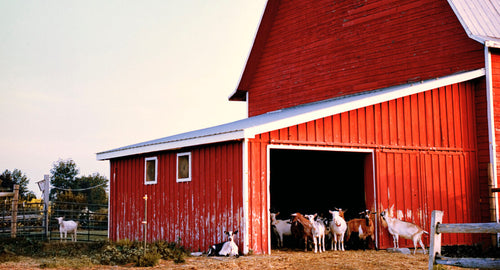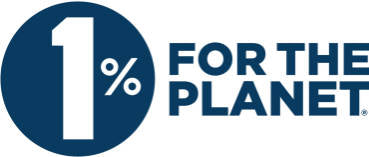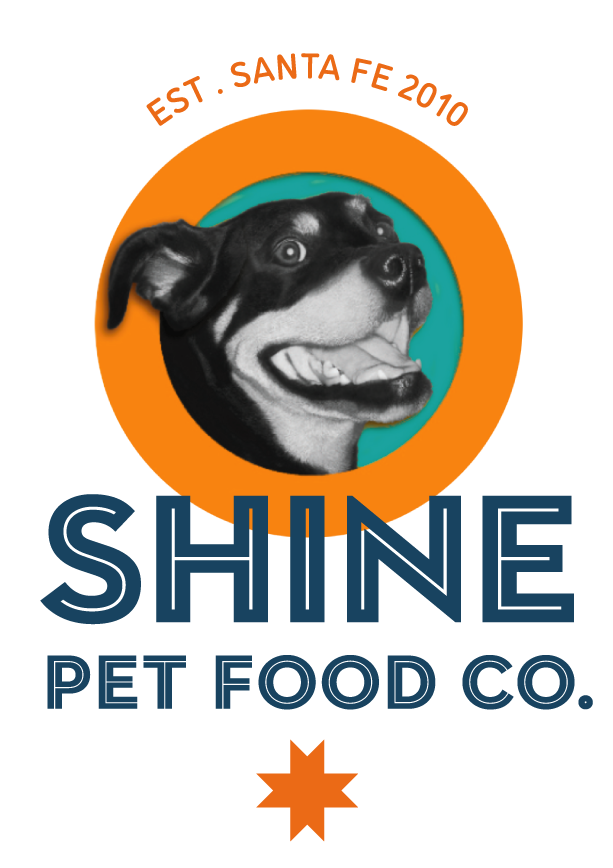Ask Travis Anderson how many lambs he has on his ranch, and he’ll ask you right back, “How much money do you have in your bank account?” He’s heard his dad say it at least a thousand times. “I guess it stuck,” he laughs.
A fifth generation family affair, Anderson Ranches is tucked in Oregon’s Willamette Valley, where the grass is green all year and the sheep graze on open pastures and fields.
The family practiced regenerative farming long before it became a thing. They also made it a priority to treat their extended woolly family well, working to become a Certified Humane program. Over time they’ve perfected the symbiotic relationship between their animals and plants, letting the lambs eat down the grass to the point where it helps the crop grow and then moving them to a fresh field or an unfarmed hill. The grazing system controls the slugs, moles, and voles, reduces the risk of wildfires, and “works hand in hand to keep the soil healthy,” says Travis. “Soil health is key.”
Eight years ago, the Andersons realized they could make a sizable cut in their carbon footprint by building their own processing facility. Now instead of driving their lambs about an hour away to get slaughtered, they do it all right there, as humanely as possible, and make use of the whole animal, unlike at conventional plants. The facility recycles the “gray water” for irrigation and composts the byproduct to spread on the field for fertilizer.
“Land feeds the world,” says Travis. “If we, as humans, keep stripping it, sooner or later it’s not going to produce what we need. We’ve gotta make sure that we put back what we take out of it. It’s a give and take relationship.”




